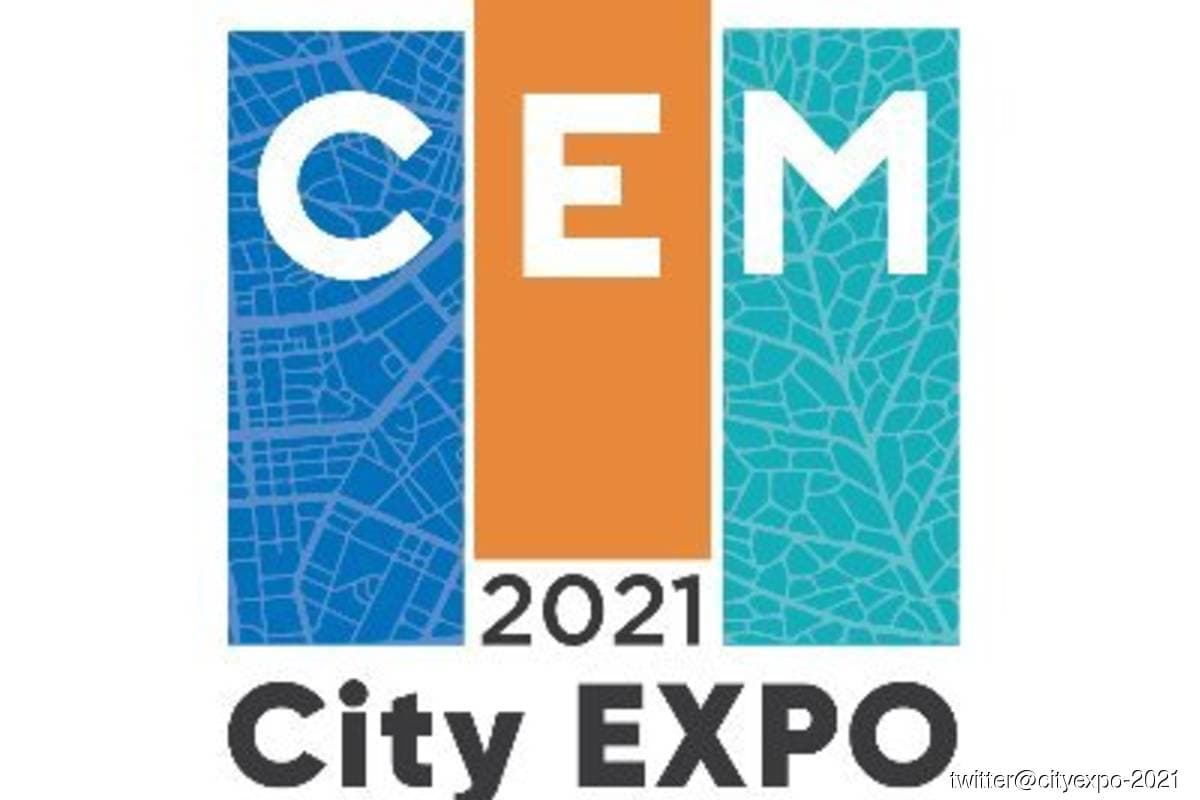
PETALING JAYA (Nov 12): Renowned architecture firm GEHL Architects advocates a design approach that emphasises life, people and data, to achieve a considerable level of sustainability.
At the CEM Expo 2021 on Friday (Nov 12), GEHL Architects associate Alexander Spitzer presented a talk titled “Life-First Cities Perspective on Urban Design” and explained the firm’s process: “We experience our environment at eye-level using all our senses; hence our approach should start with people and life first. We measure based on what people care about and start by looking at three things: life, space and then buildings.”
According to Spitzer, people and life are crucial considerations in design, as the factors are reciprocal. “It is a holistic [design] approach that centralises around life, and how its components [the people, systems, nature, habitat, and so on] exponentially impact each other,” he said.
“We acknowledge the [human] complexity in our designs. Although factors like cultures, climates, economies might be different, our [human] behaviours are generally universal and most of our values are [shared] and relatable. To us, urban life is all about inviting, high quality spaces. By 2050, 70% of the world’s population will live in cities, so how do we design (and re-design) inviting, life-first cities, districts and spaces?”
The month-long CEM 2021 event is organised by the Malaysian Institute of Planners and Nextdor Property Communications, comprising a CEM Forum which runs from Nov 8 to 12, and a virtual exhibition from Nov 8 to Dec 8.
Spitzer gave a breakdown of the life-first design concept. “Firstly, we need to understand the place and context. We use our observation and analysis to help us understand public life. For example, we compare two streets, namely at Paseo de la Reforma between Ramirex and Lafragua in Mexico City (which has 3,180 pedestrians per hour) and at Broadway between 21st and 22nd street (which has 3,006 pedestrians per hour) and make decisions that would benefit those areas [based on its respective activities].”
He added that the social aspect is paramount in designing a space: “We also meet people on the ground to understand their [lived experience] from eye-level; the spaces within the places, their behaviours and existing rules. We also look at the ecology, the typography and catchment areas before designing.”
“We consider the air quality, the level of comfort and how the design of public spaces can influence comfort. It is also important to look at water and how to recycle it, to manage the retention, flooding and so on.”
Spitzer said the firm places a considerable amount of attention on understanding a place and building its value. “We look at having a north star [as guidance] for all our projects, and to understand the vision in relation to the reality of a place.”
“The big question is: how do we ensure that the potentials of a place are realised and expanded? We then introduce our human-scale design action, and we do this in multiple levels; master planning and design, public spaces and public life data, urban strategy and mobility, leadership and organisational change.”
During the presentation, Spitzer gave examples of GEHL’s projects in Huechuraba, and listed the public space typologies: “Ecological layers are translated into the green space typologies, forest parks, centennial tree parks, water plazas and a mountain walk connecting them.”
Meanwhile, for a project in Santiago, he highlighted the district scale connectivity, which pertains to district scale; a potential access to the site that can be increased for a higher connectivity and city scale; a more generous access for transport, pedestrians, cyclists that would open options for connectivity to the rest of the city.”
In the long run, the firm also highlighted designing thrive zones for younger residents to improve air quality and public life. “Our [aim] is to invite small children to spend time where air quality is better. We measure where small children move through the city in an area with lots of kindergartens,” he said, adding that it is to ensure the health of the future generation.
Spitzer reiterated the importance of looking at life first; “Why do we need to do this? We need to, in order to make places more equitable, healthy and sustainable and create new urban common ground for people to meet.”